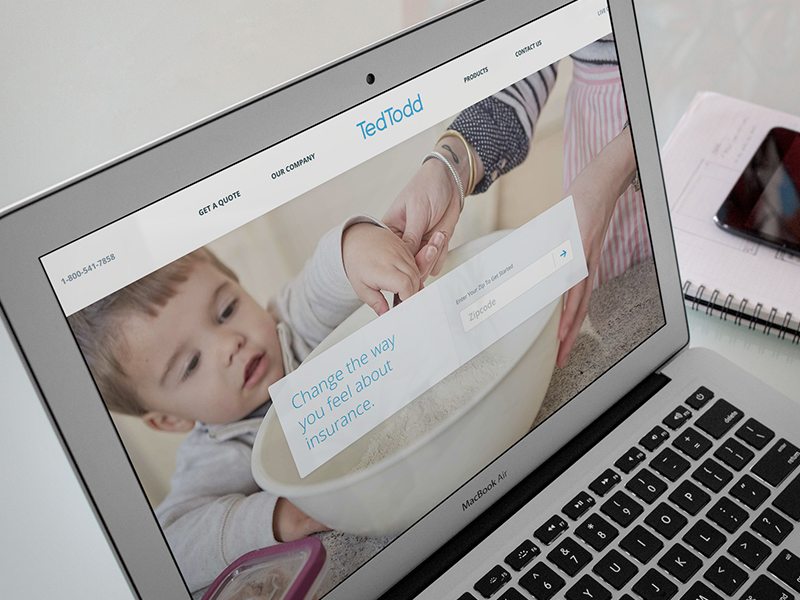A usability review is a regimented way to pinpoint issues with how a digital property such as a mobile app or website stands up to the expectations of users.
It involves walking through common steps that users should be able to complete using the digital property and evaluating the overall effectiveness of these steps.
Conducting usability analysis is cheaper and faster than formal usability testing and can be completed during each stage of development.
While there are expert usability review, the user experience is a common-sense discipline. Anyone who can put themselves in the role of the user can complete a web usability review and glean copious amounts of information.
Table of contents
Types of Usability Reviews
Image source: Iswanto Arif
There are two basic types of usability reviews – scenario based and heuristic analysis.
Scenario-based reviews address real-world use cases, such as purchasing a product from a user’s perspective.
Instead of checking just price accuracy, page load time and other metrics, the scenario-based review examines how quickly and easily a user gets through the use case.
It also identifies pain points for the user and reviews the helpfulness of text, error messages, buttons and the like.
Heuristic analysis, on the other hand, uses a set of rules to test a website’s performance for users. Common factors include user control and freedom, consistency, link labeling and more. Heuristic reviews rate digital tools on a consistent scale to help identify areas for improvement.
Both scenario-based and heuristic reviews are helpful in reviewing a digital presence from a user perspective. Combining the two can also be highly effective.
Also read: Easy Steps to Test the Usability of Your Website

Image source: Disciplr
In all cases, a strong usability review should consider these elements:
- Navigation
- How the application functions
- User control and freedom
- Semantics
- Feedback
- Consistency and standards
- Users’ ability to recover from errors
- Clarity of presentation
Each of these elements is valuable from a usability perspective. Reports should be unbiased and speak to the users’ experience without prejudice from the perspective of developers or of other project experts.
Check out this blog to get detailed insights about user experience design.
When to Run Usability Reviews (and When Not to)

Image source: Ben Subers
Website usability review are most helpful in two cases: when users report difficulties with an existing application, and when an application or update in development is not ready to go to full-scale usability testing.
They guarantee the new design’s viability and also define areas in which existing designs might improve.
Usability reviews are a good first step to take before usability testing begins. A review gives a broad view of potential issues, while usability testing lets you corroborate the discoveries from review and investigate trouble areas in detail.
Some naysayers denounce the effectiveness of usability reviews because they are, by nature, subjective. However, all user testing is subjective.
If stakeholders insist on finding out how a large group of users interacts with the application, use usability testing instead.
As with all processes, there are pros and cons to usability reviews within a project.
Also read: Powerful Tips to Improve the Usability of Your Website
Pros of Conducting Expert Review Usability Testing

Image source: Juan Llerena
They are inexpensive, easy to complete and take only a couple of days.
Almost anyone who has rudimentary training in usability and strong guidelines can participate in the review.
They can have as wide a scope as needed to identify issues with an application. While usability testing defines concrete tasks to complete, reviews can address several functions, use cases and areas within the application.
They let project teams use standard rules to benchmark their work against both internal and external competition.
Also read: Popular Trends In Web Design
Cons of Usability Reviews

Image source: Zoe Kulsariyeva
They focus on usability compared to an ideal and don’t necessarily define how easy an application in its current state is to use. They can also overlook or amplify issues based on feedback from a small sample size of reviewers.
Their results vary widely based on which testers evaluate the application and they lack practical proof that issues need to be fixed.
Moreover, they depend on the training and knowledge of the testers, and if instructions, criteria, and reporting are erratic, results may be unreliable and even inaccurate.
How to Run a Usability Review

Image source: George Dy
Keeping these pros and cons in mind, developing an effective usability review involves careful planning and execution.
First, identify the tasks to test from a usability perspective. In most cases, these tasks should be valuable both to the users and to the success of the application or project.
For instance, a usability review for a texting app on a smartphone might include drafting a new message, deleting parts of a saved conversation, replying to a message and other such common goals of users across the board.
Next, assign testers for each defined task. At least two people should complete the review process for each task.
This allows for different types of users to note different difficulties, and it removes some bias based on computer literacy, gender or other factors.
Also read: Product Design Examples : Projects For Beginners

Image source: Ahmad Firoz
Each reviewer should receive only minimal information regarding the application before starting the review. This avoids bias and encourages users to explore the application independently.
Do share this information with all testers:
- The application’s intended purpose
- The personas of the expected audience for the application
- Reasons the audience might use the application
In addition, testers should know the following questions for each situation they are assigned to review:
- Who is the most likely audience for this task?
- Has the person ever used the system in the past?
- What is the user trying to accomplish?
- What task does the user want to complete?
- Is the task new to the user in general or on this property in particular?
- What is the user’s goal of the system?
- Where is the user accessing the system?
- What browser or operating system is the user most likely to choose to access the application?
Make sure to test in several versions of several browsers. to make sure the application works as expected, regardless of access point.
Also read: How to Sell Web Design Services to Small and Local Businesses

Image source: Brice Séraphin
Before assigning a usability review to a user, create a standard review document for capturing reviewers’ notes. This lets you catch the feedback from each reviewer consistently, including hard-to-remember first impressions.
Also, define parameters for testers to follow when reporting issues. Here are some concepts to consider:
- A detailed explanation of the issue, including its location, steps needed to replicate the issue and struggles the user faced because of the issue
- The heuristic rule the issue breaks
- The level of trouble the issue would cause in a real-world scenario
Once testers have completed their usability reviews, compile an unbiased report to deliver to key stakeholders.
A well-drafted and objective report can guide a development team’s future work to improve the experience customers have with the end product.
Credit for featured image: Bill S Kenney
Like this post? Check out more amazing web design content here.






